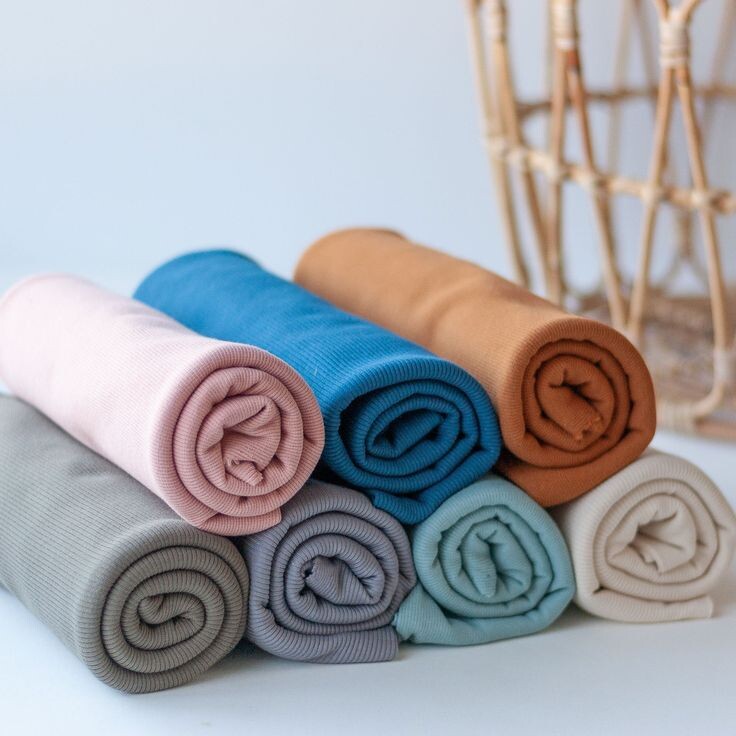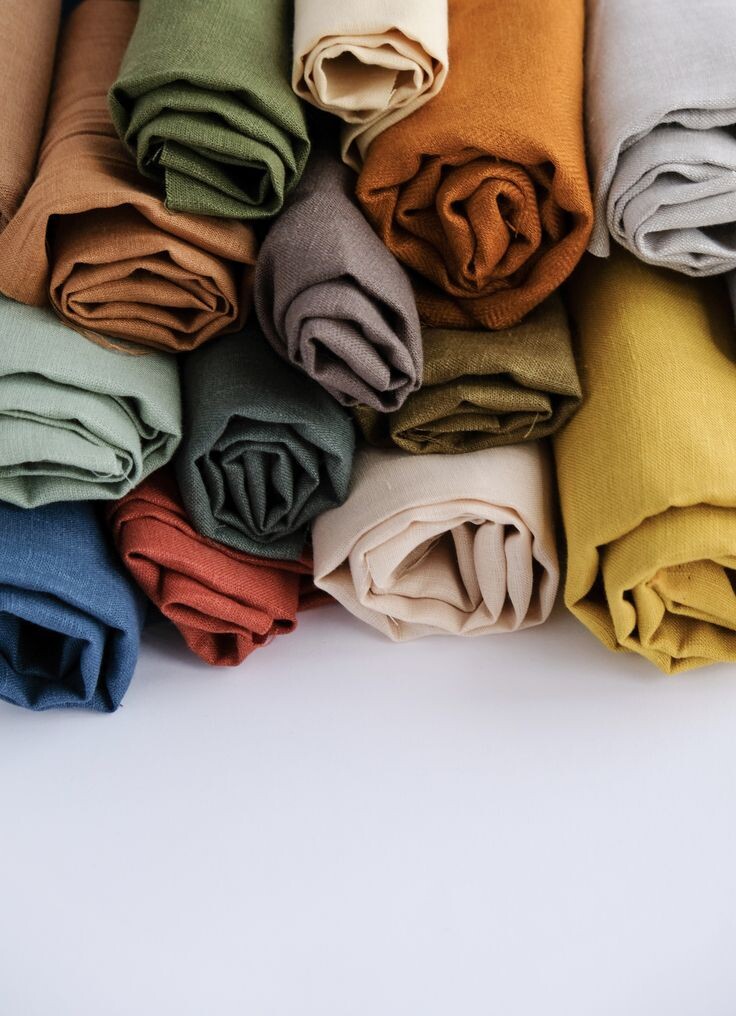 Memory-effect fabrics are innovative materials capable of memorizing their shape and returning to it after deformation. This effect is achieved through special treatment of the raw materials or the addition of reinforcing components. Such fabrics have unique properties that make them popular in various spheres of life.
Memory-effect fabrics are innovative materials capable of memorizing their shape and returning to it after deformation. This effect is achieved through special treatment of the raw materials or the addition of reinforcing components. Such fabrics have unique properties that make them popular in various spheres of life.
Broad possibilities of modern materials
One of the main advantages of memory-effect fabrics is their ability to retain the shape and volume of products even after prolonged use or washing. This makes such fabrics ideal for the production of clothing, furniture, car seats, and other items where maintaining shape and ease of use are important.
In clothing, memory-effect fabrics provide a perfect fit, support the shape of the garments, and create an elegant silhouette. They also have good thermoregulatory properties, making clothing made from such materials comfortable in both warm and cold weather.
In the furniture industry, memory-effect fabrics are widely used for upholstery and the production of orthopedic mattresses. They provide support and comfort for the body, as well as maintain the shape and integrity of the products even with intensive use.
In the automotive industry, such fabrics are used for seat upholstery and interior trim. They have high wear resistance, maintain their qualities during the operation of the car, and create comfortable conditions for the driver and passengers.
Memory-effect fabrics have also found application in the medical field, where they are used to create orthopedic products such as pillows, mattresses, and orthopedic footwear. They contribute to the proper distribution of body weight, reduce the risk of injury, and provide comfortable rest.
Overall, memory-effect fabrics are popular due to their unique properties, which make products made from them comfortable, durable, and stylish. Their wide range of applications and excellent characteristics make them a preferred choice for various consumers and industries.
Composition and properties
Memory-effect fabrics have unique properties that make them popular in the textile industry.
Composition
Memory-effect fabrics usually consist of a mixture of various types of fibers, such as:
- Polyester;
- Nylon;
- Cotton;
- Other combinations of natural and synthetic materials.
This combination of fibers gives the fabrics their unique properties.
Some memory-effect fabrics contain special additives, such as:
- Elastane;
- Lycra;
- Other reinforcing fibers.
This provides the material with additional strength and elasticity.
Properties
 The main property of memory-effect fabrics is their ability to "remember" their shape and return to it after deformation. This makes products made from such fabrics durable and maintains their aesthetics even after repeated use and washing.
The main property of memory-effect fabrics is their ability to "remember" their shape and return to it after deformation. This makes products made from such fabrics durable and maintains their aesthetics even after repeated use and washing.
Memory-effect fabrics often have high elasticity, providing a good fit and support when worn. They can stretch and return to their original size without losing their shape.
Thanks to their special structure and composition, memory-effect fabrics usually have high wear resistance. This makes them ideal for producing items subjected to intensive use, such as furniture, car seats, and clothing.
Some memory-effect fabrics have thermoregulatory properties, allowing them to maintain the body's optimal temperature in any conditions. This makes them comfortable in both warm and cold weather.
Most memory-effect fabrics are made from hypoallergenic materials, making them safe for people with sensitive skin or allergies.
In conclusion, memory-effect fabrics are innovative materials with unique properties that make them popular in various industries such as fashion, furniture manufacturing, automotive, and medical.
Application Areas
Memory-effect fabrics have found wide application in various fields due to their unique properties. Here are some areas of their application:
- Fashion Textiles: Memory-effect fabrics are used to create stylish and comfortable clothing. They allow for form-fitting designs that maintain their shape and contour the body. Such fabrics are often used in the production of jeans, trousers, dresses, blouses, and jackets.
- Home Textiles: Memory-effect fabrics are used to make furniture covers, pillows, mattresses, and blankets. Thanks to their shape retention and durability, they ensure the longevity and preservation of the appearance of products even with intensive use.
- Automotive Industry: Memory-effect fabrics are used for upholstery of seats, door panels, and other interior elements of automobiles. They provide comfortable seating, good support, and durability, making car rides more enjoyable and comfortable.
- Medical Industry: In medicine, memory-effect fabrics are used to manufacture orthopedic products such as orthopedic mattresses, pillows, and bedding. They contribute to proper spinal and joint support, improve blood circulation, and reduce pain.
- Sporting Textiles: Memory-effect fabrics are used in the production of sportswear and footwear. They provide excellent fit, comfort, and support, allowing athletes to feel comfortable and free during workouts and competitions.
Thus, memory-effect fabrics represent a versatile and multifunctional material that has found wide application in various industries and everyday life.
Read about the benefits of flax HERE.
